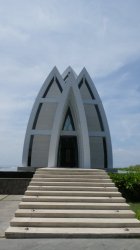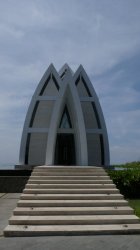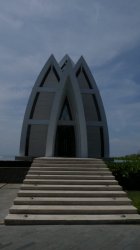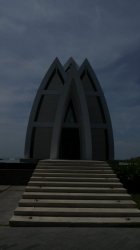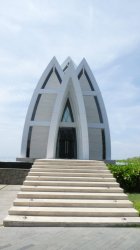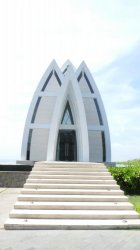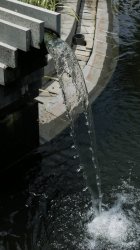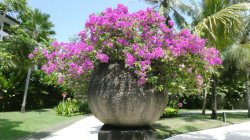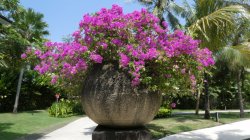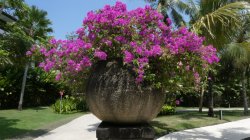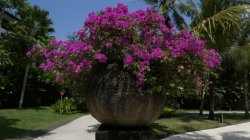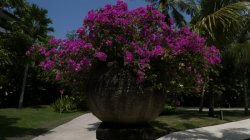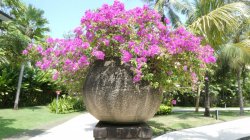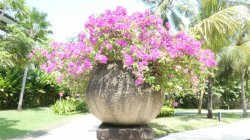Renato1
Established Member
- Joined
- May 1, 2015
- Posts
- 1,730
Most photos published in National Geographic and any other such magazine are usually of the High Dynamic Range (HDR) and High Contrast type - they never show any image that my non HDR, non-High Contrast eyes see in real life. The photos are all in fact manipulated, as it doesn't matter whether the HDR and High Contrast processing is done on the RAW image using the camera's internal settings, or done on the RAW image in Lightroom or Photoshop or the specific camera's RAW program afterwards.So you agree? The photo stands on its own merit? I subscribed to National Geographic and they don’t allow any manipulation at all. The course does provide a diploma for professional photographers who produce for clients etc so they need to know how to manipulate.
Regards,
Renato








